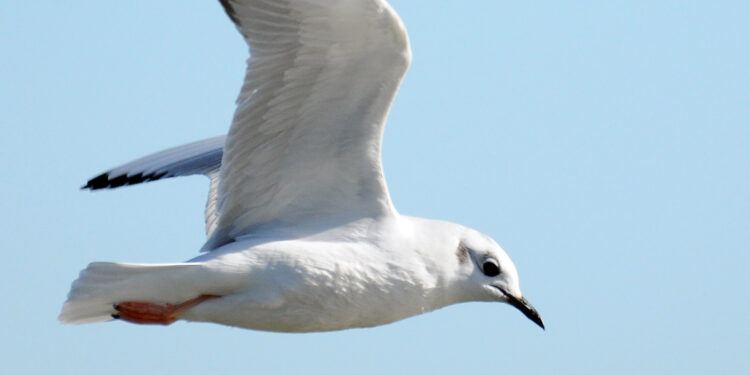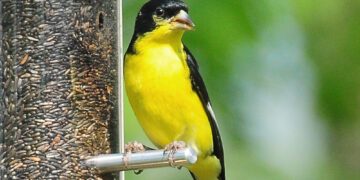The Bonaparte’s gull is not so named because of its small size, nor is it named after Napoleon Bonaparte.
According to the Cornell Lab of Ornithology, the bird was named after Charles Lucien Bonaparte, a cousin of the famous French statesman and military leader. Charles Bonaparte made important contributions to American ornithology in the 1820s while an active member of the Academy of Natural Sciences of Philadelphia, according to the Cornell Lab.
Since I featured the lesser black-backed gull last week, I decided to keep the theme going with this gull, which is a winter visitor to Oklahoma.
I also mentioned that I visited Lake Hefner Jan. 29, which was the last day the bird was seen at the lake, and that a birding expert had happened upon the bird by chance the following day at a former sod farm near Goldsby.
Then, the bird disappeared.
However, a slaty-backed gull was seen and photographed this week at Lake Travis near Austin, Texas. It is believed to be the same bird.
It’s amazing how birders keep track of rare visitors.
Appearance
As mentioned previously, the Bonaparte’s gull is small. Among the smallest gulls in North America, the Bonaparte’s gull is about 11 to 12 inches in length with a 3-foot wingspan.
In winter, Bonaparte’s gulls have a white head with a gray spot behind each eye (photos). Their wings are gray, and their legs are pinkish. In spring and throughout the breeding season, adults have black heads, thin white eye crescents and orange legs. Some adults may have pink-tinged breasts during the breeding season.
In flight, the wings of Bonaparte’s gulls are pointed. In winter, the wings are gray on top and light on bottom and have black-tipped primary feathers (photos).
The little gull is similar in appearance to the Bonaparte’s but is slightly smaller, the smallest gull on the continent. However, the little gull is dark, almost all black under the wings. Also, the little gull is a very rare visitor to Oklahoma.
Range
The Bonaparte’s gull winters along all coasts of the United States and inland across the southeastern states and the eastern four/fifths of Oklahoma and Texas, according to the Cornell Lab of Ornithology. It breeds across much of Canada, the Northwest Territories and Alaska.
Habitat
In winter, look for the Bonaparte’s gull at lakes, large ponds, rivers, marshes, coastal bays, mudflats and beaches along coasts. I often see these birds at many lakes in Oklahoma and Texas.
They breed in openings in boreal forests of Canada and southern Alaska, where they hunt for flying insects over marshy areas along the edges of lakes and streams, according to the Cornell Lab.
Diet
During the winter, the Bonaparte’s gull feeds on fish, marine crustaceans, marine worms, snails and insects. During the breeding season, it feeds mostly on insects.
Odds and ends
The Cornell Lab of Ornithology reports that the tree nests of Bonaparte’s gulls in the taiga (boreal forest or snow forest) are unique among gulls, which nest on the ground as a rule. Also, the Bonaparte’s gull is the only gull species that regularly nests in trees.
Editor’s Note: Randy Mitchell is a freelance writer and photographer. He has been an avid birdwatcher, nature enthusiast and photographer for more than 40 years. Reach him at [email protected].
Want to reach a local audience and grow your business?
Our website is the perfect platform to connect with engaged readers in your local area.
Whether you're looking for banner ads, sponsored content, or custom promotions, we can tailor a package to meet your needs.
Contact us today to learn more about advertising opportunities!
CONTACT US NOW







